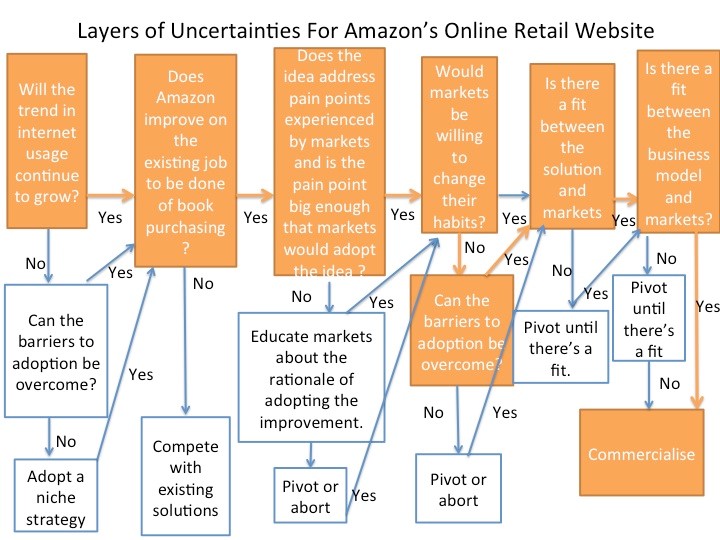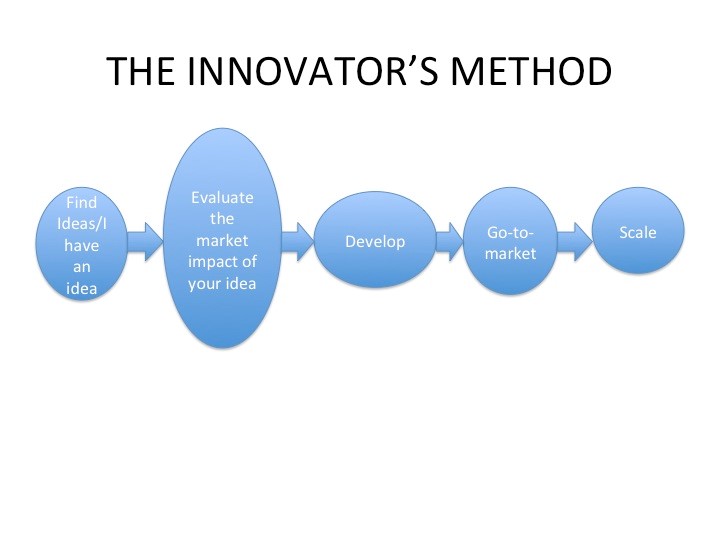Dr Benedetta Crisafulli, Lecturer in Marketing, shares the findings from her latest research in collaboration with Professor Jaywant Singh, Dr La Toya Quamina and Dr Melanie Tao Xue.

As anyone with an Instagram account will know, social media influencers (SMIs) play a prominent role in modern day marketing. Over two thirds of multinational brands plan to increase expenditure on influencer marketing within the next few years, with global spending in the area expected to reach $15 billion by 2022.
Despite the enthusiasm from marketers to partner with SMIs, scholarly evidence on the efficacy of such a practice remains sparse. Is it always wise for brands to employ SMIs to get their message across? What about the role played by SMIs in corporate crisis communications? Our study entitled ‘To trust or not to trust: The impact of social media influencers on the reputation of corporate brands in crisis’ looks into whether brands would be wise to employ SMIs during times of corporate crisis.
When crisis hits
Highly negative events such as corporate crises emphasise the ‘bad’ character of big brands, putting their reputation at stake. Whether it’s a potentially harmful ingredient in our make-up, or using our data for profit, crises shake our trust as consumers and can damage our relationship with a brand.
In this study, we were particularly interested in how a brand’s ingratiation response to the crisis, whereby customers are reminded of the brand’s past goodwill, works in minimising negative responses, and whether the presence of an influencer improves or rather worsens the brand’s efforts. We asked consumers to evaluate a corporate crisis situation and consequent crisis response from the brand alone, or from the brand and an influencer.
Social media influencers: hindrance or help?
There is thus far evidence to suggest that SMIs boost consumer engagement with a brand. However, we find that, like salespeople, SMIs can be seen as acting out of their personal financial motives, and solely in the interests of the brand. This is especially the case in the event of corporate crises.
Far from passively absorbing the marketing content that surrounds them, consumers are often aware of persuasive attempts from brands and actively resist these. From a very young age, consumers develop what is known as persuasion knowledge. Such knowledge allows them to identify and resist persuasive attempts at manipulating their behaviour. Our findings suggest that consumers overwhelmingly interpret the contribution of an influencer in crisis communications as a persuasive tactic of the brand to try and make consumers believe that the crisis is not as bad it seems. Such an attempt is perceived as manipulative, thus rejected.
What does this mean for influencer marketing?
Our study suggests that influencer marketing might not be as effective as claimed by previous research and highlights the need to exercise caution in the use of SMIs during crisis communications. Brands, therefore, need to be particularly wary of involving SMIs in any attempts to bolster reputation in crisis communications.
The study also suggests practical ways in which companies can think of engaging SMIs to support brands during crises. We find that an effective way for SMIs to support a brand in crisis is by making the genuine, values-driven motives behind the brand-influencer partnership known to consumers. Consumers are more likely to respond positively to messages which are dictated by motives of altruism.
The citation for this study is Singh, Crisafulli, Quamina & Xue (2020). ‘To trust or not to trust’: The impact of social media influencers on the reputation of corporate brands in crisis. Journal of Business Research (In Press).
Further information:





